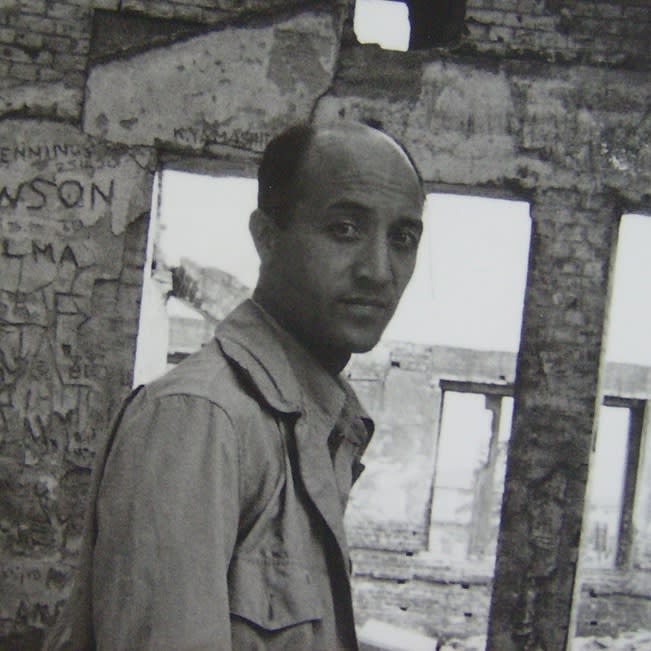"The essence of sculpture is for me the perception of space, the continuum of our existence."
-Isamu Noguchi
Career
In late 1926, Noguchi applied for a Guggenheim Fellowship. In his letter of application, he proposed to study stone and wood cutting and to gain "a better understanding of the human figure" in Paris for a year, then spend another year traveling through Asia, exhibit his work, and return to New York. He was awarded the grant despite being three years short of the age requirement. Noguchi only produced one sculpture – his marble Sphere Section – in his first year, but during his second year he stayed in Paris and continued his training in stoneworking with the Italian sculptor Mateo Hernandes, producing over twenty more abstractions of wood, stone and sheet metal.
Following the attack on Pearl Harbor, anti-Japanese sentiment was energized in the United States, and in response Noguchi formed "Nisei Writers and Artists for Democracy". He hoped to prove Japanese-American loyalty by somehow helping the war effort, but when other governmental departments turned him down. Instead, he travelled to the internment camp located on an Indian reservation in Poston, Arizona, to promote arts and crafts and community. Noguchi arrived at the Poston camp in May 1942, becoming its only voluntary internee.
In its obituary for Noguchi, The New York Times called him "a versatile and prolific sculptor whose earthy stones and meditative gardens bridging East and West have become landmarks of 20th-century art".
